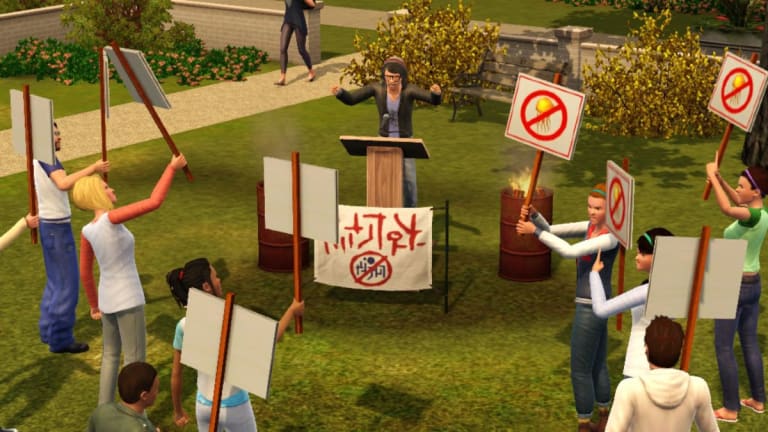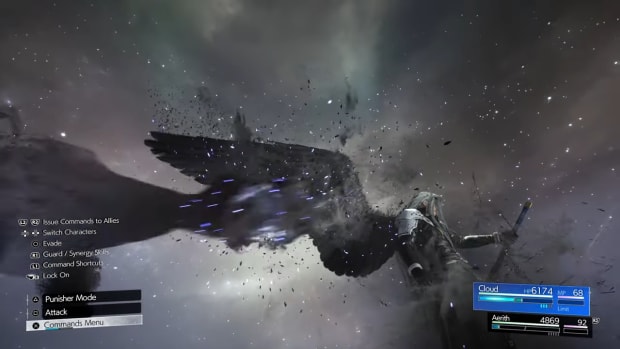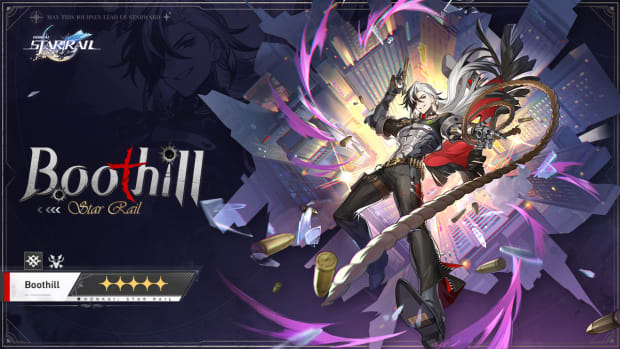
"That's unacceptable" - voice actors speak out on how the SAG-AFTRA strike affects video games

If you’ve spent any time on the internet or kept an eye on the news these past few weeks, you’ll know that both the Writers Guild of America (WGA) and the Screen Actors Guild - American Federation of Television and Radio Artists (SAG-AFTRA) are on strike. The unions’ strike effectively puts a stop to most film and TV production in the US, and it doesn’t seem like it’ll be letting up anytime soon, with some speculating it could last until at least October.
But as you may or may not know, many voice actors are part of SAG-AFTRA, and voice actors play a pretty massive role in modern games. A lot of people have been wondering what the SAG-AFTRA strike means for video games, so we’ve dug deep into the issue, spoken to a few voice actors, and come to the conclusion that the strike probably won’t impact video games, at least for now.
Here’s everything we know about the SAG-AFTRA strike, and how it interacts with the games industry.
Who’s on strike
Right now, both WGA and SAG-AFTRA, massive film and TV industry unions, are on strike. The WGA is made up of over 11,500 writers for film, TV, radio, and more. 97.85% of WGA members voted to go on strike on April 18 if an agreement with the Alliance of Motion Picture and Television Producers (AMPTP) was not reached by May 1. An agreement was not reached.
SAG-AFTRA on the other hand comprises over 160,000 actors, including film and TV actors, both minor and major, voice actors for film, TV, some animation, and more. Basically, if you see a person in just about everything you watch, they’re probably in SAG-AFTRA. The Screen Actors Guild went on strike last week, after contract negotiations with the AMPTP fell through.
You’ll notice that both of these strikes are due to conflicts with the AMPTP, which is an important detail we’ll circle back around to later. Notably though, the AMPTP does not have anything to do with video games — another important factor.
Why writers and actors are striking
On the face of it, both strikes are because contract negotiations with the AMPTP fell through. Things are a little more complicated than that though. The AMPTP represents big studios and streaming services, like Amazon, Apple, Disney, NBCUniversal, Netflix, Paramount, Sony, and Warner Bros. Discovery, among many others, and writers and actors are concerned about how streaming will affect their livelihoods.
Most actors and writers don’t get residuals from streams of content they’ve appeared in or written, instead sometimes getting a small cut of the licensing fees when a company like Netflix signs content to its platform. Sometimes they don’t receive any money at all from these deals, and sometimes only headlining actors or lead writers get anything.
Another major concern is the increase in prevalence of AI and similar technologies. Actors are concerned that companies could use their likeness in conjunction with AI and deepfake technologies to create content without their input, permission, or compensation. SAG-AFTRA claims that the AMPTP made a proposal that background performers “should be able to be scanned, get paid for one day's pay, and their company should own that scan their image, their likeness and should be able to use it for the rest of eternity in any project they want with no consent and no compensation.”
Ashly Burch, one of the most prominent voice actors in video games and known for her role as Aloy in the Horizon series, says that the strike is to protect the future of the profession:
“There are so many issues at stake here, the bottom line of all of them being: how do we protect the longevity and sustainability of our professions? There are so many writers and actors that are barely getting by, or had to leave the profession because they couldn't make ends meet. These are people that were actively working these contracts, and STILL couldn't live off of their wages. That's unacceptable.”
She added: “Add the threat of unregulated AI on top of that and it's clear that the only path forward was to strike.”
Roger Clark, who voiced and performed as Arthur Morgan in Red Dead Redemption 2, echoed similar sentiments, and says it’s critically important for workers to negotiate and fight for better outcomes.
“I was ten years in when I heard a fella I looked up to tell me ‘You don’t get what you deserve, you get what you negotiate’,” Clark says, “I have never forgot those words and neither should anyone who reads this.”
Why video games won’t be affected by the SAG-AFTRA strike
So now we know who’s striking and why, you might be thinking “well, what about video games?” The answer is pretty simple overall: the unions aren’t beefing with video game companies, at least not now. The primary issue right now is with film and TV production companies, and the contracts the unions have with the AMPTP have expired.
Voice actor Cissy Jones, who received a BAFTA for her role as Delilah in Firewatch, explains that the contract for video game companies and the contract for film and TV are different, and one being struck does not impact the other.
“The interactive (VG) contract is not struck,” Jones says, “This strike is for tv/theatrical contracts covered by the AMPTP (which does not include most animation) only, but the message is clear: as technology improves, our contracts must reflect a change that benefits us all.”
Will video games be affected by the strike in the future?
For this specific strike, it’s unlikely to have an impact on games very much, if at all. Jones says that the contract for interactive content has a no-strike clause, so there can’t be solidarity strikes for actors in the games industry.
That doesn’t mean it will stay that way forever, though. Jones says that the kinds of issues that led to the SAG-AFTRA and WGA strikes, such as the use of AI and the potential for royalties, better pay, and more, aren’t entirely removed from the games industry.
“This affects all of us though. Many facets of the industry face similar changes/challenges,” she says, “There needs to be a way for us all to exist in this space, and not have the creatives (actors, writers, editors, animators, and anyone currently trying to earn a living in this industry) cut out completely so a few millionaires make a few more bucks.”
As technology improves, and as companies look to technology to cut corners and pinch pennies, those who work in the creative industries are more at risk than they ever have been. The SAG-AFTRA and WGA strikes represent a first step towards acknowledging and fighting back against these risks, and industrial action at this scale is almost certainly going to have a ripple effect throughout all creative industries, video games included.



